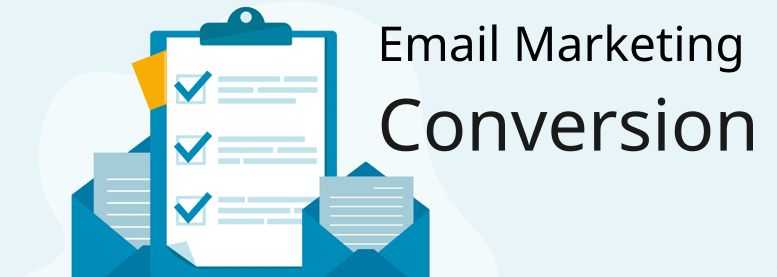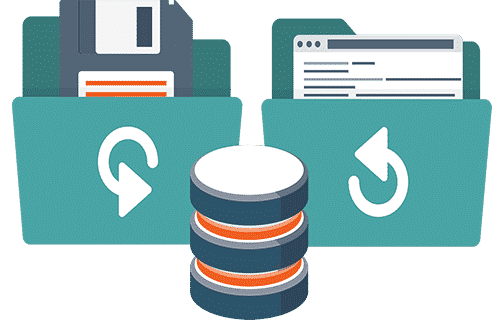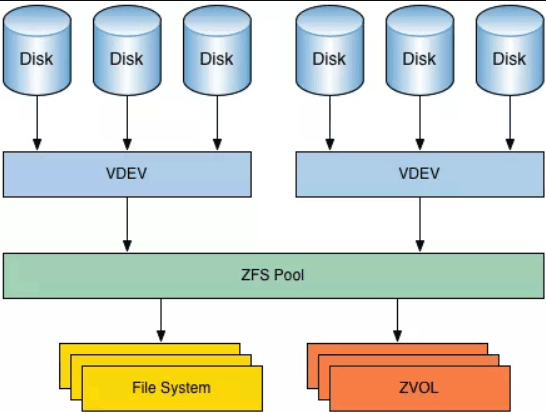It is frightening to see how many emails land on my inbox, written by professional marketers, some of them claiming to be or showing off as is they are email gurus, which badly break a few of these rules, without any purpose to it and without other resolution than a badly written email. Cause yes, you can break those rules and create a good email, if you are a true email genius, but it is rare and increasingly difficult, until you get there, stick to the tried and true!
Here are some basic tactics guaranteed to improve your open rates, click through and most importantly, conversions into follows, registrations and ultimately, sales.
These really are the staples of email marketing, however, the order and intensity will have to be fine-tuned for different markets, product types and situations.
So my claim is, these work every single time, with relentless precision. However, it does take some time to master the intricacies of putting them parts together effectively.
If you are new to email marketing, don’t be greedy! Try to practice one or two at a time, then, over time, try to incorporate whatever might be missing and play with fine-tuning for effectiveness.
If you are a seasoned email marketer, you probably use most of these already, I just hope I can give you just one new idea or at list bring in some new nuance to what you already know and use.
Of course, it goes without saying (tho I will say it anyway), your offerings must stand out and must have a strong selling proposition in the first place, for email marketing to work properly, you need good a product and good overall marketing in the first place; without this, you will have a much harder time converting, tho with patience and experience, it is possible too, but usually to a much lower degree…
So let’s just assume your Marketing and product are already great. Once the basics are covered:
– Craft a click-worthy subject line: It does not matter how amazing your emails are, if no one opens these, no one reads their content’s.
To make your subject enticing and your email inviting, “flash” what the email brings in for the recipient, use a short and concise sentence.
Just do not reveal every secret on the subject line, keep some great stuff for the article itself, great insight, an unbeatable offer, the solution to some mystery, etc…
These do not belong on the subject, but on the body of your email.
– Set clear expectations, right on the first paragraph, improve and extend on the idea or concept presented in the subject line, enticingly but succinctly explain what the email is about, and most of all, clearly define what the reader can expect to obtain from reading it. Make sure you deliver on your promise, if possible, before the end of the email, if that is not possible, make it the first (not second, not third) thing you deliver in the landing page.
– Hook the reader ASAP: Start with the why, and continue fueling your reader’s curiosity. Hook them by leveraging your knowledge of their main pain point and maybe start showing a hint of the possible solution.
– Create consistency through a storyline: Depending on o the topic, it is hard to create and imbue a story in the content, but not all stories have to start with “in a distant galaxy far, far away…” A subtle storyline, or a loose storyline, is better than no storyline, and gives a sense of continuity and entices the reader to keep moving forward. Yes, it might take some extra time, but it is usually very much worth the effort. The story shouldn’t always be obvious, in this article for example, the story is just having the steps in “chronological” order, meaning we first discuss the subject, and then we continue with the process as it is usually performed, it kind of tells “the story of writing an email” by simply visiting the different tactics in the same order you would naturally use them.
– Generate trust by creating common ground and building rapport, show the reader you know their case, you understand their situation. Show them you (or your company) have been there before, maybe yourself or maybe while helping your clients.
– Don’t be the hero of the story: If you are the hero, what position does your prospect hold in this story? Your client or prospect should always be the hero, instead, present yourself as a trustworthy, helpful advisor to the hero.
– Don’t be creepy: Reach out as a person, personalize at the emotional level, not by using their name in the subject. Personalize with interesting details about the topic, instead of abusing personal data, because believe me, the company name and city of your prospect is not news to your reader himself.
– Hold your horses!: Try not to sell inside your emails. Emails are great at getting people interested in your content, maybe even your offerings, however, emails are a really difficult place to create relationships or to close sales. Can be done, but it is hard.
There is a reason we send “newsletters” and not “Salesletters”, send newsworthy news and contentful content, keep the selling for the website or the sales department.
In the digital world, a landing page is just one click away, use that fact to your advantage, let the reader take action, let readers make the decision about whether your content is worth their time, let them get themselves invested, with a click. A click is never just a click, it requires some thinking, taking a decision and starting some action, if you get them to click, you are now 3 steps closer to your prospect.
– Emails can be fantastic tools for driving your readers towards your website. Focus on enticing your reader, with the objective of sending the audience where all your great information about the topic lives, in your website or send them to your carefully crafted landing page, designed to capture an email, get a registration or whatever the objective of the campaign is.
– Accompany them till the end: The entire email should be a journey, and you be the companion of the hero. Focus on one thing and one thing only, accompanying the reader towards the bottom of the email, where the unavoidably obvious CTA awaits to take the hero to the LP, by the time you get there, they should be craving whatever the CTA button reads as.
– Focus one single CTA: Trying to lure people towards several directions? How do you go north and south at the same time? Don’t force your reader to make too many decisions, ask them to do just one thing.
– Make it unavoidable: When the CTA happens to be the only logical conclusion and obvious next step to continue with the journey or proposition you presented in your email, it makes it unavoidable. The action you propose should be THE only decision your reader should have to make, whether he wants to know how this story ends or not, whether reading your email was a waste of time or a great experience, and your only job is to make it obvious that the only possible answer is: YES, of course, I would not miss it for anything in the world! (easy-peasy).
Popular tricks you might want to avoid:
<Cynic mode on>
– Abuse personal data: You know a couple of (probably obvious, maybe outdated or inaccurate) facts about your client? Plaster these all over the place to stand out as the most annoying email marketer in their inbox. They might be so happy they might even mark you as spam!
– Apply obvious psychological tricks: You know a couple tricks from “Psichoilogy for dummies” pocket book? Make sure to plainly and obviously use them, your readers are stupidier than you, take advantage of that fact!
– Annoyingly induce urgency: Nobody ever expects that! No marketer has ever used urgency in their emails, be the first! Make sure the first thing they see when they finally reach your landing page is a huge, hero sized countdown, nothing primes your prospects for a sale better than a huge countdown on the top of the page, way before you explain the purpose or the benefits.
<Cynic mode off/>
1 very useful tip, which can save you so many headaches.
This is not a tactic, but just due diligence: You can’t afford any spelling mistakes, double-check your grammar and test your email for technical competence, like broken links, or spam triggers. Your content should always be checked by an editor, if you don’t have a professional editor in the team, ask a colleague in the same situation, so you can be the editor for one another.
Conclusion:
These are just a few email conversion tactics, use these in your upcoming email marketer endeavors, when writing an email or any kind of marketing content for that matter, you can use these email conversion tactics as a checklist. Not every single item on this list is required on every email, but when in doubt, the more, the better…
Are there any variants, special cases, reasons or occasions when you could or even should use different tactics or directly transgress those 12 rules? Indeed, every step of the way, that is why you need to master these first, so you can identify the special cases and efficiently do differently.
Use your best judgement and you’ll be fine.
And these were the 12 tactics, 3 jokes and the 1 extra tip. I hope it was useful to you, and I wish you the greatest success in your next email campaign.
Click here if you want to find out about the 1 strategy to drive email conversions through the roof. 😉
My name is Yosu Cadilla, a Systems Analyst and Platform Engineer for mktg.dev
I discovered Mautic in 2017 and since have specialized in:
– Running Mautic for Marketing Agencies.
– Running large Mautic instances, sometimes with millions of contacts.
– Helping companies build and optimize their (usually Mautic) runtime infrastructure.
If you are planning on deploying Mautic for your Marketing Agency, or you have a large Mautic Instance…
Let’s have a chat! yosu.cadilla@gmail.com



